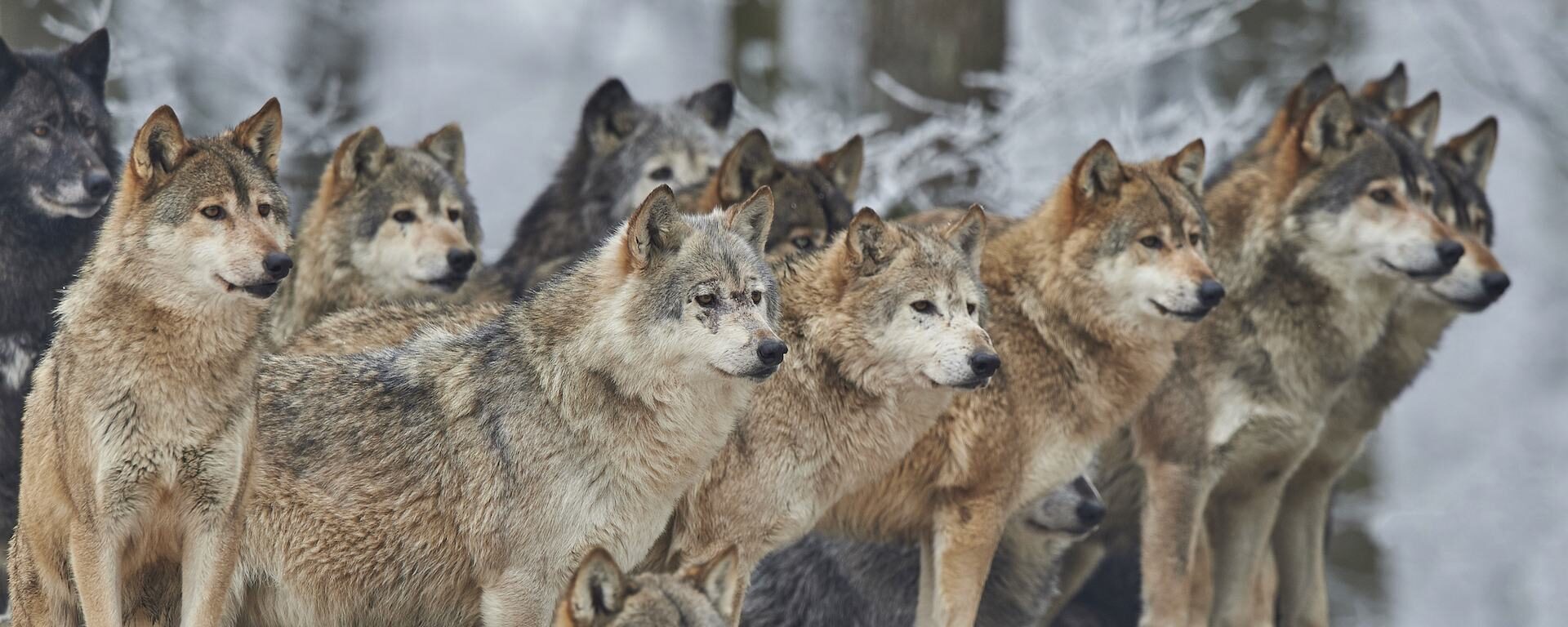It has been commonly reported that gray wolves (Canis lupus) as well as other predators like panthers (Felis concolor) and lynx (Lynx canadensis) once lived throughout the northeastern U.S. including what is today the Adirondack Park. Extirpation of these summit predators closely followed European settlement (see Schneider 1997). As a result of an active bounty system, the last wolf was believed to have been killed in Upstate New York during the mid 1890s.
In recent years, gray wolf recovery (both natural and human-directed) has been successful in a number of locations throughout North America — most successfully in the Upper Great Lakes region of the U.S. (see Fuller 1995). A second population of gray wolves in the eastern U.S. outside the Minnesota population has been expressed as a goal for gray wolf recovery in the U.S. by federal agencies (see U.S. Fish and Wildlife Service 1992), and the Northeast has been identified as a potential region to support a viable population of wolves. In addition to northern sections of Maine, New Hampshire, and Vermont, the AP has been identified as potentially supportive of gray wolves (see Mladenoff and Sickley 1998).
This study was by the Adirondack Park Citizens Action Committee organized by Defenders of Wildlife to examine the issue of gray wolf recovery in the Adirondack Park (from now on referred to as simply AP). By combining what has been learned about wolf biology from numerous field studies with geographic information systems (GIS), we addressed the issue of gray wolf reintroduction feasibility in the AP. In addition to developing wolf habitat suitability and connectivity models, we examined the important genetics questions pertinent to wolves in the AP.


